#Mongols
Text
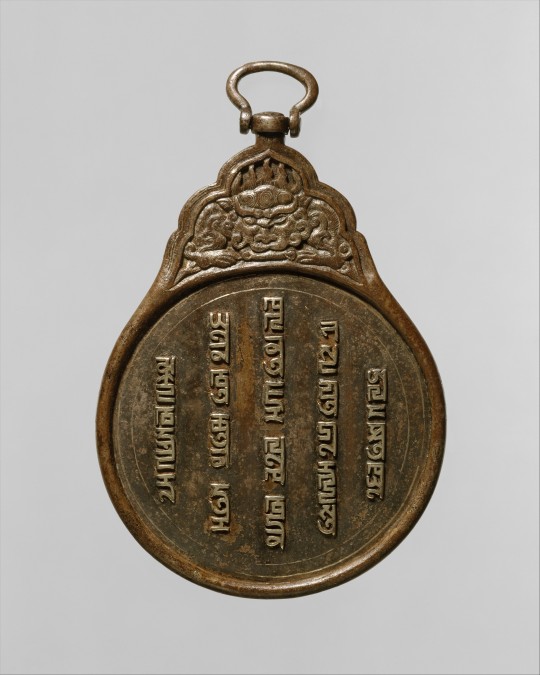
Safe conduct pass stating that the bearer is under the protection of the Mongol Empire, Yuan Dynasty, 13th century
from The Metropolitan Museum of Art
825 notes
·
View notes
Text
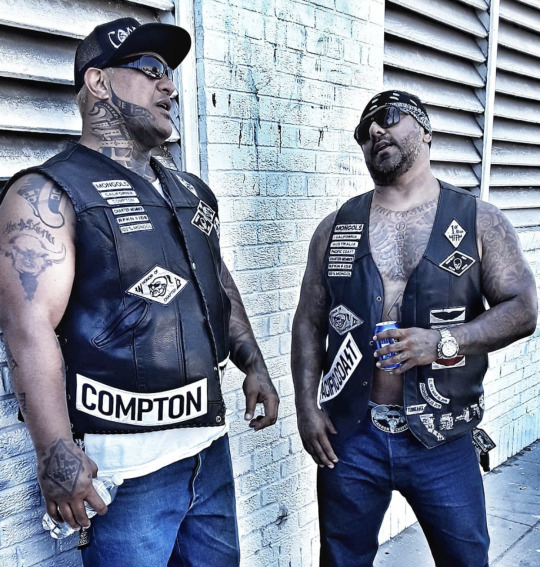



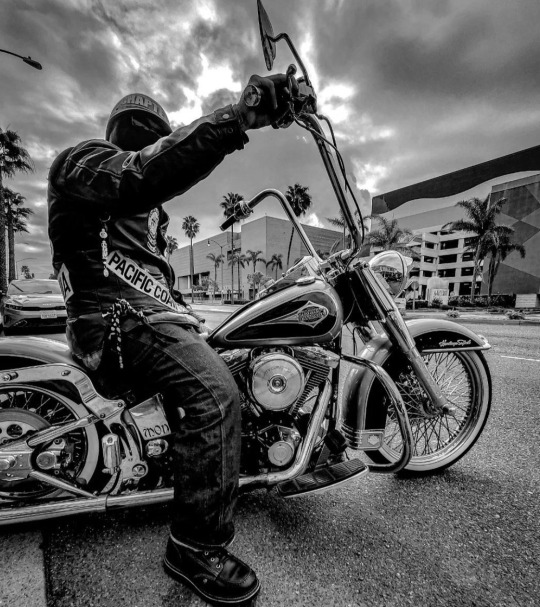



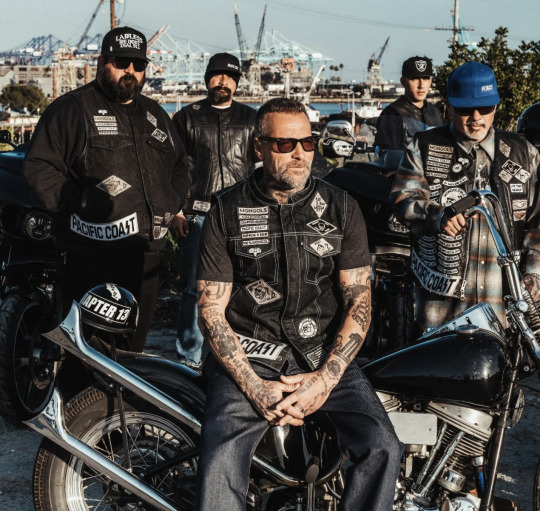
More amazing Mongols MC
55 notes
·
View notes
Photo
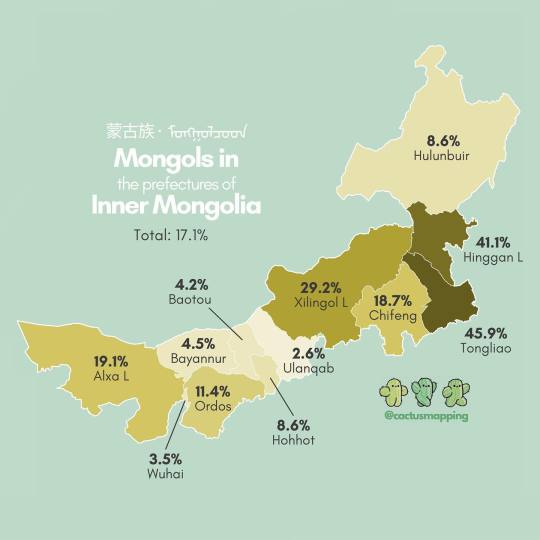
Ethnic mongols in the Autonomous region of Inner Mongolia.
by cactusmapping
66 notes
·
View notes
Text
The captivating saga of the rise and fall of the Khwarazmian Empire took place against the backdrop of Central Asia from the 11th to 13th centuries. Positioned strategically along the fabled Silk Road, this empire emerged as a formidable force. Led by illustrious figures such as Ala al-Din Tekish and Muhammad II, it ascended to unprecedented heights, fostering vibrant trade networks and facilitating rich cultural exchanges.
Embodied within its chronicles are epochs of rapid expansion, diplomatic maneuvers and decisive confrontations with formidable adversaries such as the Mongols and the Seljuks. However, fatal missteps ultimately led to its demise, culminating in the untimely collapse of the once-mighty Khwarazmian Empire at the hands of none other than the infamous Genghis Khan.
26 notes
·
View notes
Text
26 notes
·
View notes
Text
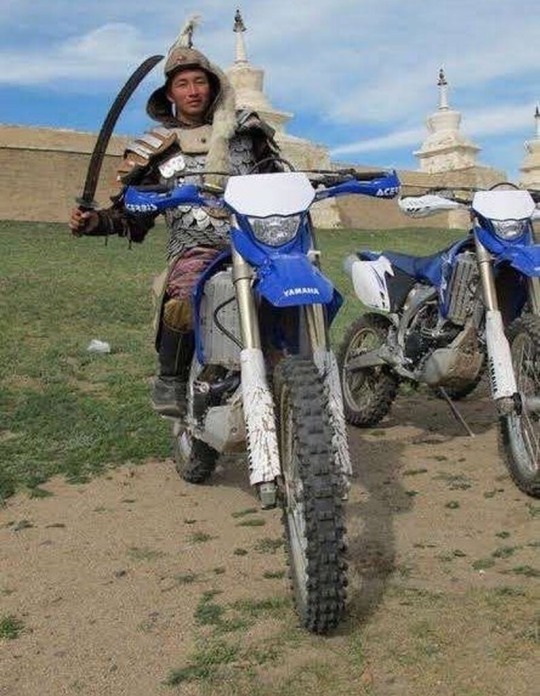
The mongols have upgraded
#dank memes#funny post#meme#dank#funny#silly#funny pics#funny pictures#dark humor#dankest memes#mongols
106 notes
·
View notes
Text

Mule
23 notes
·
View notes
Text
The Great Genghis Khan.
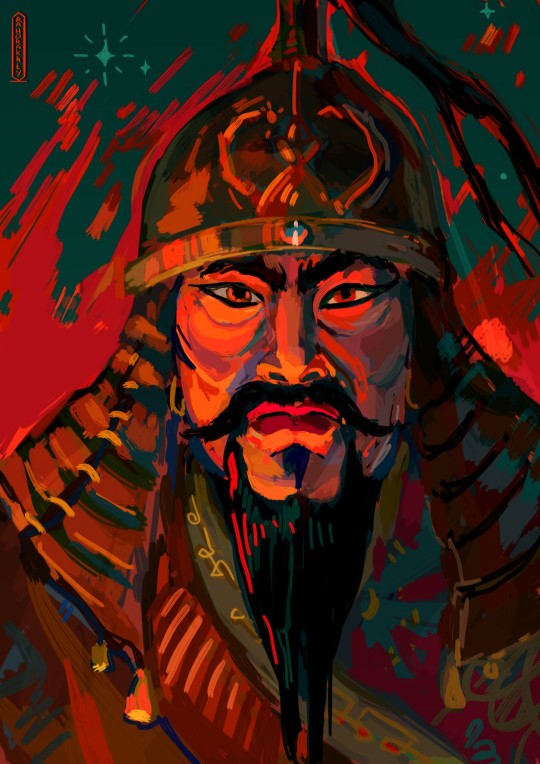
#genghis khan#mongol empire#mongol history#mongolia#temujin#ghengis khan#art#mongols#khan#history art
45 notes
·
View notes
Photo
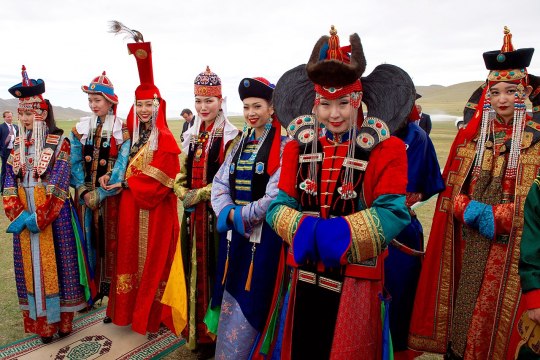
#deel#дээл#дэгэл#蒙古族#ᠮᠣᠩᠭᠣᠯᠴᠤᠳ#Mongolia#Inner Mongolia#Mongol#mongols#mongolian#mongolian people#Mongolian Folk#mongolian fashion#mongolian costume#mongolian culture#mongolian outfit#mongolian attire#East Asia#woman fashion#asia#asian#asian folk costume#Asian fashion#Asian Folk#asian costume#asian culture#asian outfit#asian attire
632 notes
·
View notes
Text
Flag of the Kingdom of Mongolia
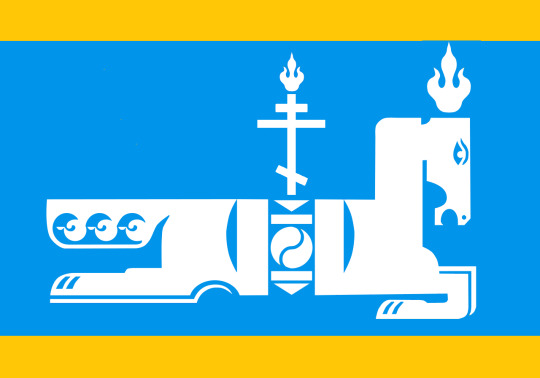
This is the flag of the Kingdom of Mongolia. It comes from a world where China successfully repelled the Mongols early on. As a result, the Mongol Empire never came to be. The Mongols continued to be pushed farther and farther west until they arrived in Eastern Europe. Eventually, they settled around where Romania and southern Poland are in our world. Thus, the Kingdom of Mongolia was born. The Mongols were frequently visited by Byzantine missionaries, and the Mongolian Orthodox Church is the official state religion. The Byzantine Empire also remains a major trading partner for Mongolia. In more peculiar alliances, Mongolia is also a major ally of the tiny mountainous nation of Neo Hellas, the final remnant of pagan Greece.
The coming of the Mongols altered the migration patterns of several other peoples. For example, the Bulgars settled in Russia, establishing the Czardom of Bulgaria. Meanwhile, several Germanic tribes invaded Greece, and Byzantium is currently ruled by a Germanic dynasty. Islam was still founded, but it never expanded beyond the Arabian Peninsula.
In terms of bad relations, Mongolia has always had a very tense relationship with the Franco-Saxon Kingdom. Throughout the years the Franco-Saxons have repeatedly attempted to conquer the Mongolians. Even after all these years, Mongolia remains bitter about the Franco-Saxon invasion that occurred during the Second Great Patriotic War. Despite this, in more recent times there has been increasing emphasis on moving on and letting go of the past. Younger generations in particular are more likely to support reconciliation between the two nations.
Mongolia takes pride in its dual mature of East Asian heritage and Eastern European culture. The flag reflects this dual heritage. The blue recalls both the cloak of the Virgin Mary and the eternal blue sky of the Tengrism. The horse symbolizes the nomadic past of the Mongolian people, before they settled in Eastern Europe. The cross represents the Mongolian Orthodox Church, with the flame representing the flames of Pentecost. The interlocking circles halves represent the dual nature of the Mongolian people. The golden bands represent the hope that the Mongolian people will always prosper no matter what life throws at them. They also help to offset the blue on the main body of the flag.
https://drakoniandgriffalco.blogspot.com/2019/03/flag-of-kingdom-of-mongolia.html?m=0
#alternate history#alternate history flag#alternate history flags#vexillology#flag#flags#mongolia#Kingdom of Mongolia#Flag of the Kingdom of Mongolia#Romania#Poland#ukraine#moldova#eastern europe#Mongols#alt history
36 notes
·
View notes
Text
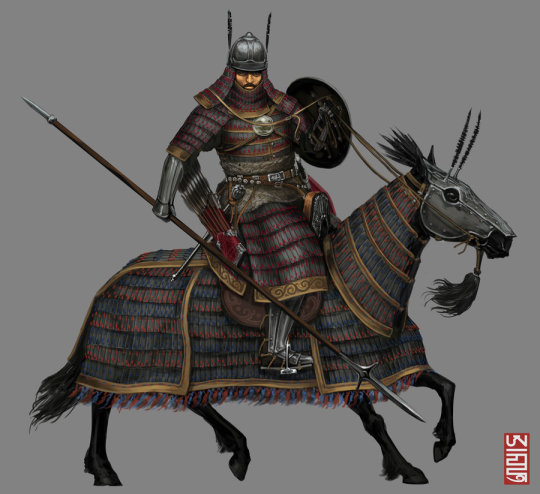
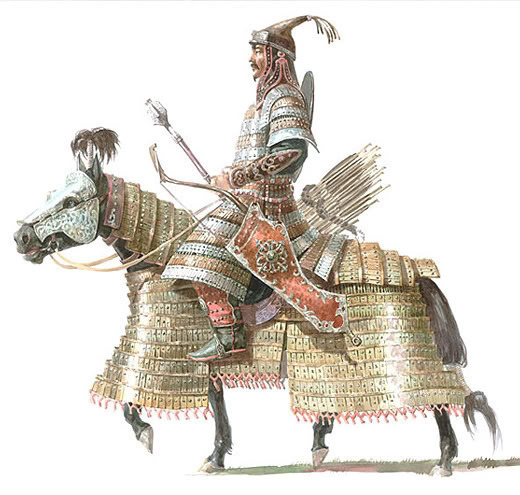
The Forgotten Mongol Heavy Cavalry,
When it comes to legends of the vicious Mongol conquests horse archers seem to be the celebrity rock stars of the Mongol Army who get all the fame and admiration. Depictions of Mongol battles in modern times usually show wild barbarian Mongol horse archers riding circles around enemy formations while showering them with volley after volley of arrows. Missing are the less glorified Mongol heavy cavalry, an absence which I’m sure would make the Great Khan sad because the Mongols had fine heavy cavalry. Not to put down horse archers, but horse archers alone don’t always win battles. While horse archers have their advantages, they also have several weakness and limitations, especially against opposing heavy infantry and cavalry equipped with shields and armor while in a defensive battle formation. What made the Mongols effective was not the mere fact they had horse archers, but because they had better tactics, among them combined arms tactics where they were able to coordinate the abilities of different units to accomplish a goal on the battlefield. This isn’t just a principle of Mongol warfare, but a principle of warfare in general. Whether we're talking ancient times or modern warfare, the side that has better combined arms tactics typically wins.
The early Mongol Army consisted of 60% horse archers and 40% heavy cavalry. Later the Mongols would adopt new units such as heavy infantry, light infantry, siege units, and artillery conscripted from the peoples they conquered. However for this post I’m only referring to the early Mongol Army commanded by Genghis Khan and his general Subutai. The purpose of the horse archers were as skirmishing units; to harass, sow chaos and confusion, and weaken the discipline of enemy ranks. The purpose of the heavy cavalry was to directly engage enemy units in close combat. To do their job, Mongol heavy cavalry were heavily armed and armored, much more so than their horse archer counterparts. They were armored head to toe in lamellar armor composed of metal plates sewn together into a suit. Often this armor also covered the horse as well.
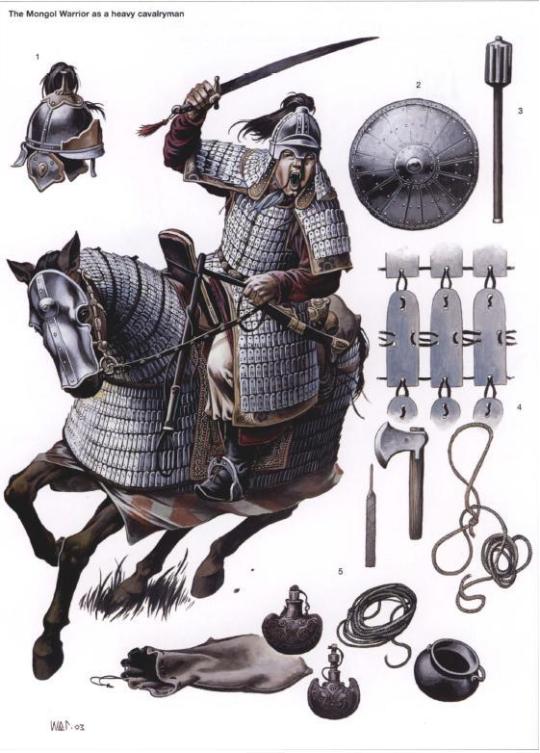
Their primary arm was a lance used to conduct charges. For melee fighting they would carry swords or axes, and also maces for armored opponents. They would also probably carry a shield. Along with their horse archer counterparts, Mongol heavy cavalry also carried a bow in order to engage the enemy at a distance. In essence Mongol heavy cavalry were similar to Middle Eastern or Byzantine cataphracts and European mounted knights.
On the battlefield, Mongol units typically fought in five ranks, the first three ranks composed of horse archers, the last two composed of heavy cavalry. During a Mongol charge, the horse archers would close to around 50 - 100 yards and fire arrows while the heavy cavalry would protect them from counterattack by enemy cavalry. It should be noted that Mongol heavy cavalry were also armed with bows, so likewise would be firing on the enemy as well. After firing, the formation would turn around, resupply with arrows, and remount with fresh horses. They would then repeat the charge again and again until eventually the enemy would weaken, begin to panic, lose discipline, and perhaps break ranks. At that point the heavy cavalry would swoop in and smash the enemy formation. The Mongols also used deceptive tactics which the heavy cavalry would be an essential part. One common tactic was the feigned retreat, where a Mongol unit would pretend to retreat in panic as if defeated. The enemy would in turn charge expecting to chase down and massacre a terrified enemy. To their horror, the Mongols would reform and counterattack, the heavy cavalry at the front to smash the disorganized enemy and the horse archers firing from the rear. Another tactic would be to use the horse archers to draw the enemy into an ambush, where the heavy cavalry would appear from a hidden position and conduct a surprise attack on the enemy flanks or rear.

414 notes
·
View notes
Text


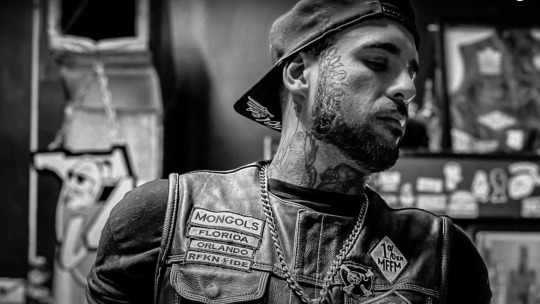
Mongols MC Orlando
24 notes
·
View notes
Photo

Decline of Mongol majority areas in China
by u/RebelJoe888
87 notes
·
View notes
Text
Medieval Baghdad was a sight to behold. During its Golden Age under the Abbasid Caliphate, it was one of the world’s most stunning and cultured cities.
25 notes
·
View notes
Text
32 notes
·
View notes
